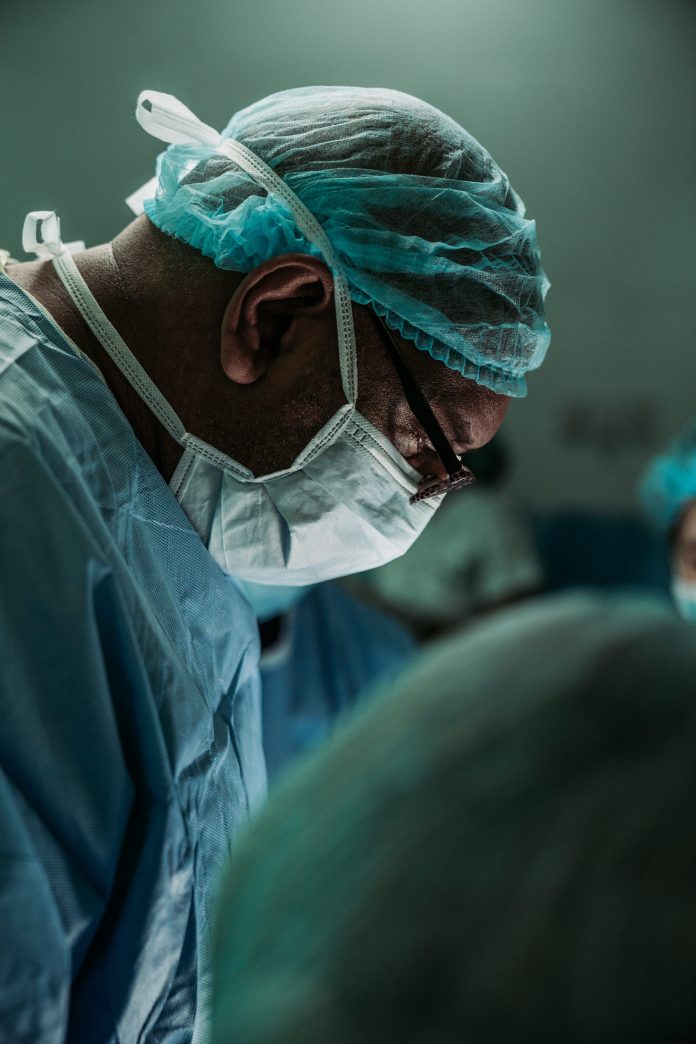Each year approximately 60,000 hip replacement surgeries are done in Canada. Hip replacements are often the result of arthritis. Cartilage breaks down in the hip area, leading to pain and loss of motion in the area. Having the hip replaced can relieve pain and restore some of the movement in your hip. The first sign that arthritis may be affecting the hips, is trouble walking and intense joint pain. For those who are overweight this can happen at a younger age. Genetic defects or disease in the joints also affect the hip area. There may be swelling around the hip or clicking noises when you walk. During surgery a metal ball will be put in place of the ball joint.
What happens after hip surgery?
- You can be up and moving several days after hip surgery. Full recovery is usually within 6 months if you follow your doctor’s advice. Walking short distances is usually recommended and you are slowly tapered off of your pain medication.
- Stairs should be avoided at first and you won’t be allowed to drive. You should use a cane or other walking aid until your hip is fully healed. You incision will need to be cleaned daily and kept free from infection.
Approximately 6 weeks after your surgery you should be able to resume all of your normal activities. In the meantime get plenty of rest and avoid activities that could lead to a longer healing period. You will be given painkillers for the initial pain after the surgery. This pain should lessen within several weeks. Keeping your hip area elevated will help you to avoid swelling of the incision area. What is most important is keeping the joint area flexible. Those who avoid physiotherapy or walking after their surgery may find they have a much longer healing time. To read more on hip replacement surgery and how to build muscle strength afterwards, click here.
























